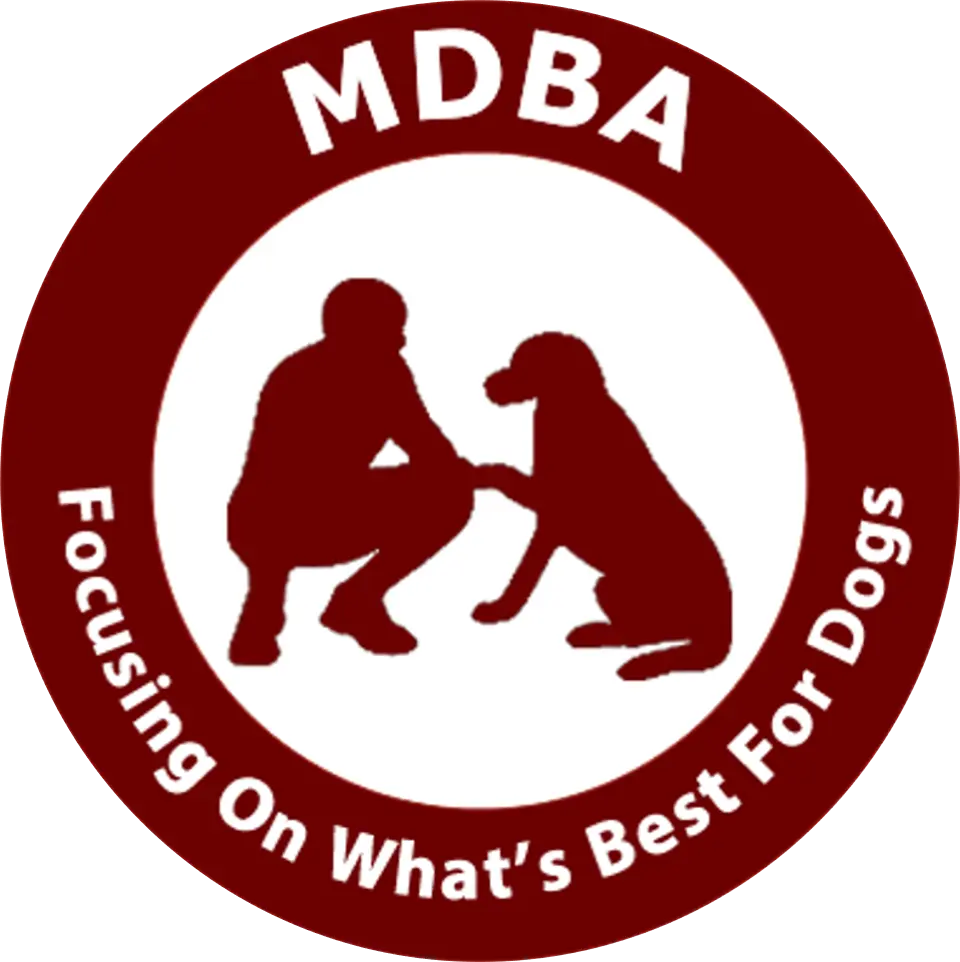Preparing for your new puppy
It’s an exciting time waiting for a new puppy to come home. Let’s take a look at some of the most important basics to cover when planning for your new puppy to arrive.
Planning for your life with your new canine family member starts with taking a good look at how you will live with your puppy for the first few months after you bring it home.
Depending on the breed and how the breeder has socialised the puppy and prepared it for leaving its Mum and brothers and sisters, your new puppy might be a bit scared and miss it’s dog family for the first few days when it comes home. It can take a pup a few days to get really comfortable and relax at home with you as there are lots of new people, sounds and smells to get used to.
Ideally, you told the breeder about your family and some details of how you will live with the puppy when it comes home. This helps the breeder prepare the puppy for life with its new family with as little change and stress as possible.
Your puppy will need a time to learn what is normal in your household and what is expected of it. The pup will need time and lots of exposure to the normal routines of your household to adapt to the sounds, smells, rhythms and pace of a your household and to learn about the habits, expectations and body language of different human family members and any other household pets.
One of the most important things for a pup to learn will be learning to trust and bond to you, his new family. Your family will need to be patient and be prepared to use slow gentle movements and tender hands. This helps to build a rewarding wonderful relationship and a strong bond between the puppy and its family. Your goal should be to provide a safe, stress free place for your puppy to enjoy. Puppies are happy, playful and fun and it’s difficult not to smile as your watch them but you will also need to be firm and teach it the boundaries and basic good manners. It is your responsibility to balance the puppy’s need for activity, training, exercise and playtime with its need for quiet time to sleep and grow.
Positive training with verbal, petting or food treat rewards for good behaviour is the best way to keep your puppy coming back for more involvement with you. Check with your breeder about the best methods to use for training for your chosen breed and what breed characteristics you might need to take into account.
Puppy-proofing your home
Puppies are very curious and can get into all sorts of dangerous situations and mischief, not too much different to a human toddler. Before your puppy arrives walk around your home and property and look for possible hazards. It helps to get down on your hands and knees to check everything at puppy height.
- Be sure to place any hazardous chemicals, garden fertilizers, insecticides, cleaning substances, antifreeze, glues, paints, medicines or other dangerous materials high up off the ground or put them away in a closed cupboard.
- Check for any small holes in and at the base of outdoor fences and gates and repair them so your puppy can’t get under or through the fence – not just now when it comes home as a temporary measure, but ensure it will be secure into the future.
- Puppies can easily get their heads stuck in small openings, so make sure holes or gaps are completely covered.
- Make sure the puppy cannot reach electrical cords, cables or wires etc. which can be perforated with little teeth.
- Check for any areas that might cause a fall, such as open stairways or landings or open decks with drop offs. Depending on the size of your puppy you may need to consider garden edging or things that maybe harmful for a small breed puppy to fall from that may only be a few centimeters tall.
- Young puppies usually have not developed a good sense of how to navigate stairs and may jump from landings until they work it out. If you have stairs you need to know from the breeder your puppy’s familiarity with stairs.
- Puppies can easily get through pool fencing and are just as at risk of drowning as a small child. Pools should be fenced with lighter mesh over the pool fencing or the area made unavailable until the pup is too big to fit through the gaps.
- It’s a good idea to use baby gates or baracades for stairs, open doorways or for rooms and areas that the puppy will not be allowed to access on a regular basis while it is becoming accustomed to your home and schedule.
- If you have flooring that is slippery you must ensure the puppy doesn’t slip around on it as this can damage their little legs and hips.
